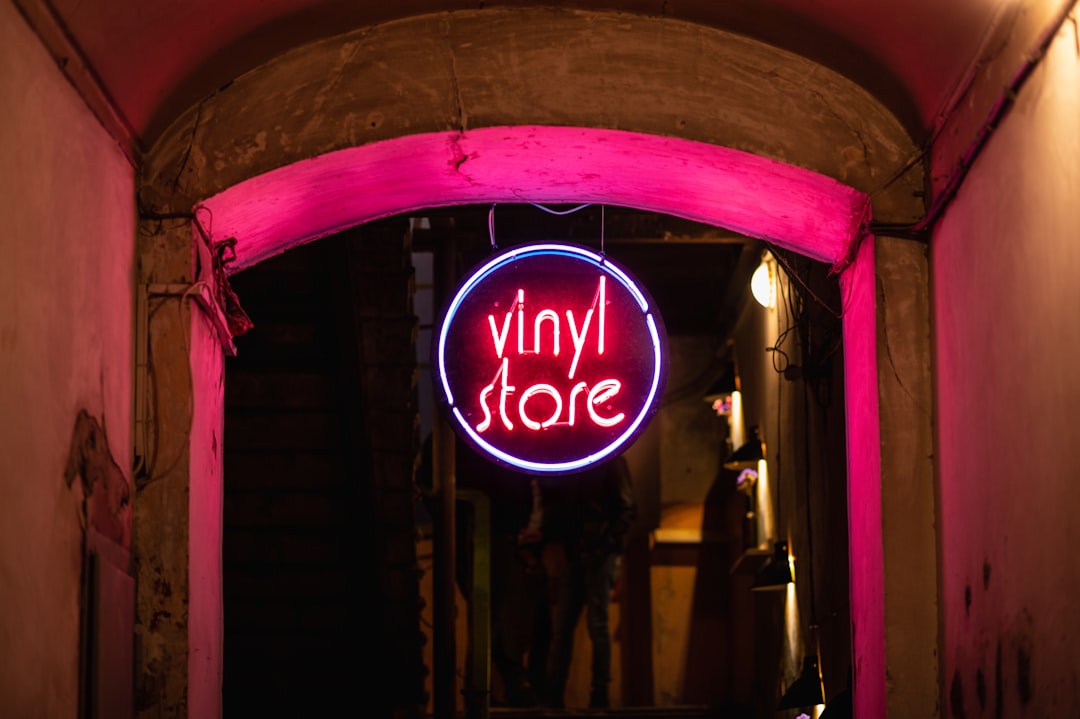Vinyl Moves UK Inflation
How do you measure inflation? A Starbucks coffee? Easter eggs? Nope… vinyl records!

The price of vinyl records has returned to the forefront of UK inflation metrics.
The Office for National Statistics (ONS), the UK body responsible for the collection and publication of statistics related to the economy, population and society, has added vinyl records to the basket of items it uses to measure inflation.
This is the first time in 32 years that our beloved format has made an appearance in this shopping basket.
In 1992, the ONS decided to remove vinyl records due to growing demand for CDs. But vinyl is now back, “reflecting a resurgence in popularity,” the ONS said.

This notional shopping basket, which comprises over 700 goods and services, is updated annually to better reflect consumer spending habits.
In its most recent update, sixteen new items were added (including vinyl records, gluten-free bread and air fryers). Fifteen items (among others, hand sanitiser) were removed, as they are no longer considered a strong indicator of inflation.
Yes, you read that right: vinyl has replaced hand sanitiser. Given the rough patch we’ve been through, this symbolism is huge.
In the words of Matt Corder, ONS deputy director for prices:
“Our inflation basket of goods offers a fascinating snapshot of consumer spending through the years”.
“Often the basket reflects the adoption of new technology, but the return of vinyl records shows how cultural revivals can affect our spending”.
The contents of the inflation basket are highly relevant as they represent the basis for the calculation of the consumer price index. This index is, in turn, the key measure of inflation the Bank of England takes into consideration for its interest rate policy.
In other words, the price of vinyl will have an impact on the mortgage payments of millions of British households. In 2024. You can’t make this up.
Sales of vinyl soared in the UK last year courtesy of Taylor Swift’s 1989 (Taylor’s Version). The Rolling Stones’ Hackney Diamonds was the highest-selling vinyl record by a British artist.
According to the British Phonographic Industry (BPI), the recorded music industry’s trade association in the UK, vinyl purchases almost reached the 6m unit mark in 2023. This was their highest annual level in 33 years.
Jo Twist, BPI’s CEO, said:
It’s good to see the ONS once again including vinyl LPs in its measure of what people are buying around the UK.
This much-loved format has seen demand grow consistently for nearly two decades, including among younger and more diverse consumers who stream daily but also love to own their favourite music on physical formats.
She added that the growing popularity of CDs, particularly among younger buyers, could perhaps indicate we might see them in the inflation basket in a couple of years.
Who knows. When it comes to music, and record collecting, and consumer habits… anything is possible.
Jo Twist also celebrated the fact that vinyl sales came to the rescue of small independent record stores. The UK now boasts 461 independent record stores, a significant increase from the 339 reported in 2014.
So, British peeps, now you know: if the interest payments on your variable interest mortgage go down in a few months, you’ve got vinyl to thank.
And if they go up… well, that sucks, but at least, we’ve got vinyl to thank for that as well!
Thanks for reading/listening. Happy spinning!







The resurgence of CDs mystifies me a bit. If you just want to own your music, surely digital files on your phone or laptop are more convenient. If you want the inconvenient intimacy of physical media and the cover art and liner notes, surely vinyl is more sumptuous and substantive.
Maybe it's used CDs, which are of course far less pricey than vinyl? Or is it new CDs that are on the upswing?
Who knew the notional shopping basket could be so interesting?!